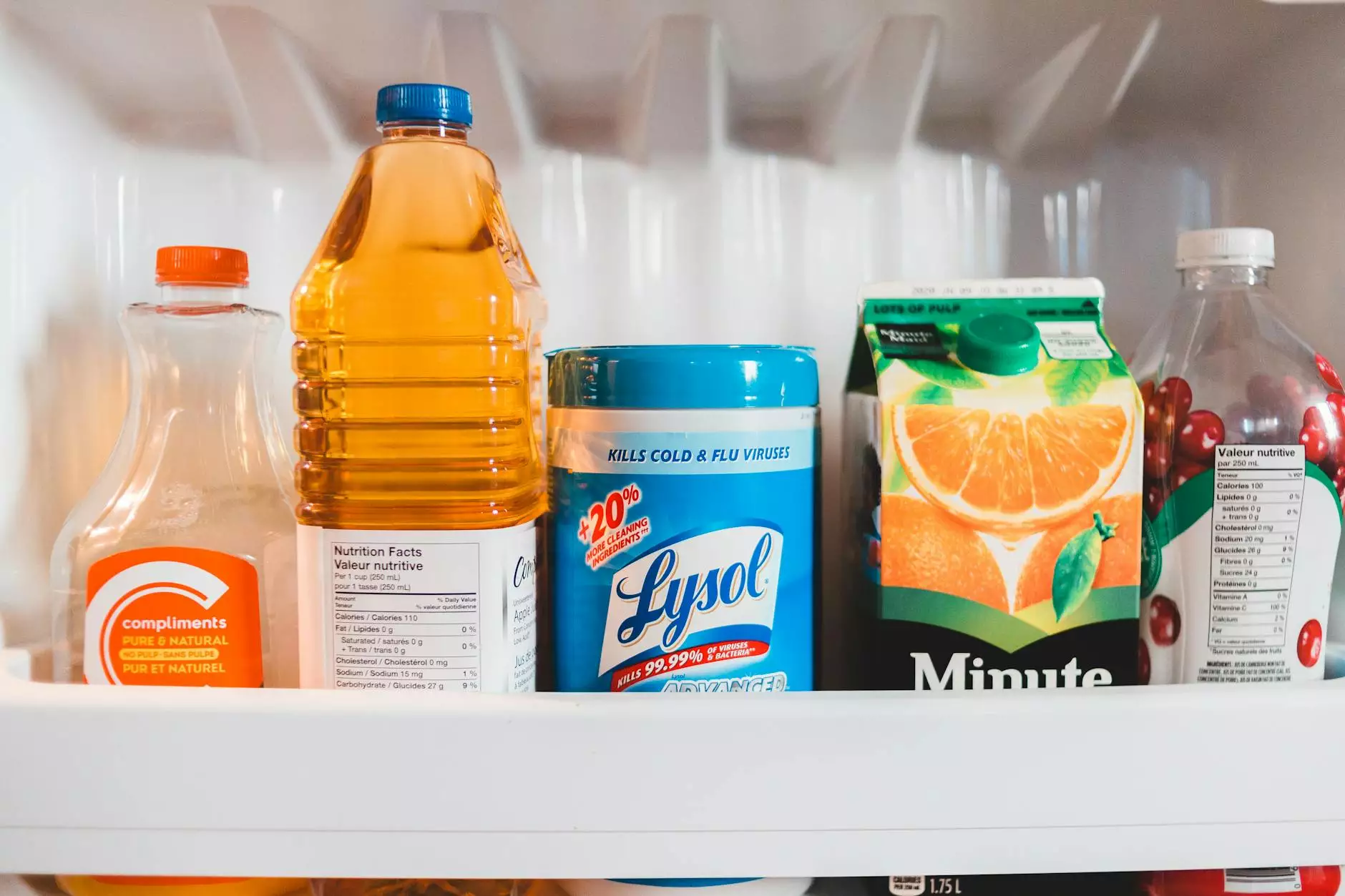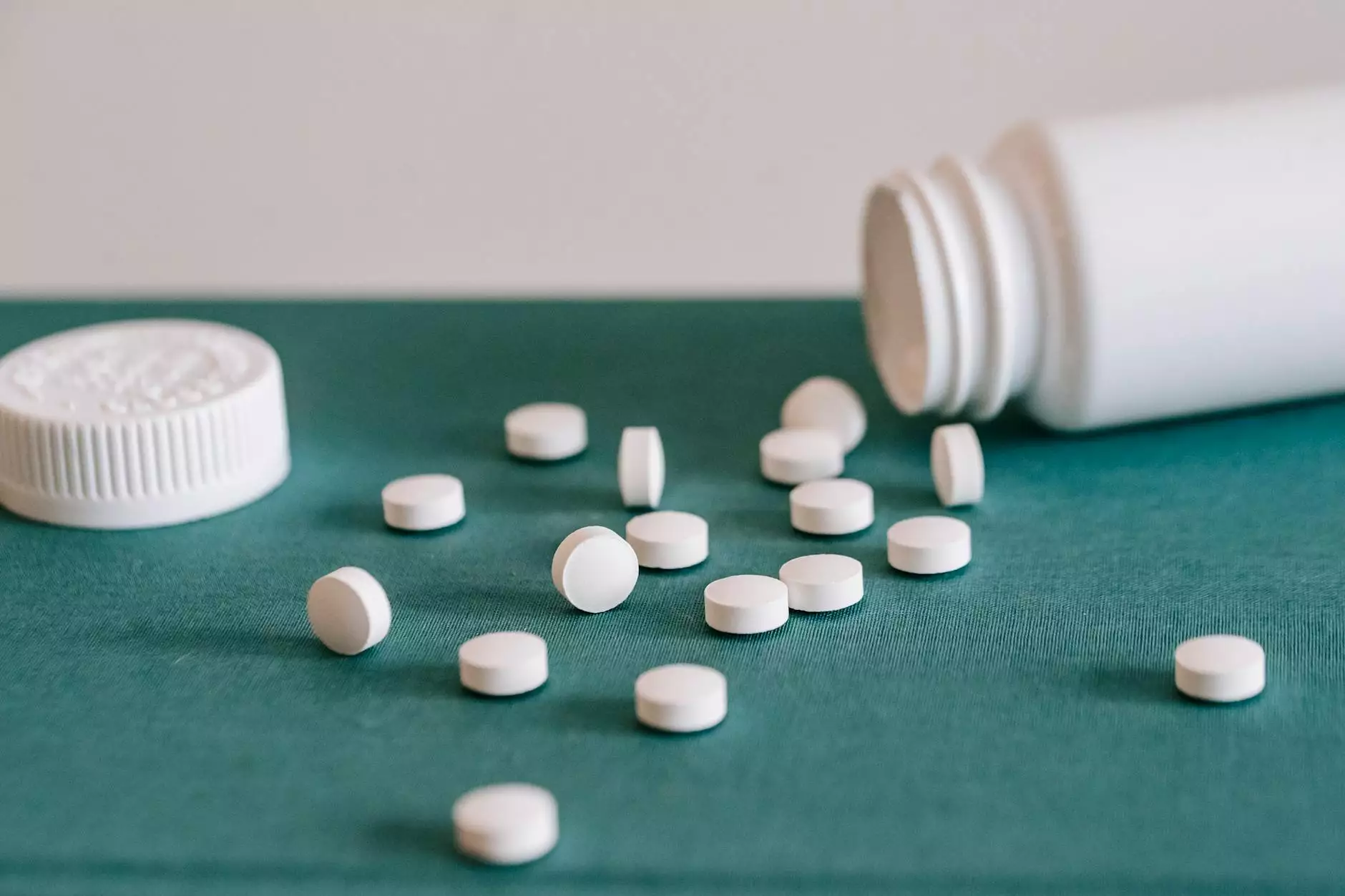Dry Nutrients vs. Liquid Nutrients — Cultivate Colorado
Blog
Welcome to Grow Your Own's resource page on dry nutrients vs. liquid nutrients! As an expert in indoor gardening and a leading provider of eCommerce & Shopping solutions, we understand the importance of choosing the right nutrients for your plants. In this comprehensive guide, we will dive deep into the differences between dry and liquid nutrients, helping you make informed decisions to ensure optimal plant growth and health.
Understanding Nutrients for Growing Plants
As an indoor gardener, one of your primary responsibilities is to provide plants with the essential nutrients they need to thrive. Nutrients are the building blocks for healthy plant growth, enabling plants to produce energy, form strong roots, develop foliage, and bear fruits or flowers. While plants naturally absorb some nutrients from the soil, it may be necessary to supplement their diet with additional nutrients to promote vigorous growth.
The Advantages of Dry Nutrients
Dry nutrients, commonly available in powdered or granular form, have long been a popular choice among indoor gardeners. There are several advantages to using dry nutrients that can positively impact your plants and their overall health:
- Economical: Dry nutrients are often more cost-effective compared to liquid nutrients, making them an attractive option for budget-conscious gardeners.
- Long Shelf Life: Dry nutrients have a longer shelf life than liquid nutrients, ensuring you can store them for longer periods without degradation.
- Customizable: Dry nutrients allow you to have precise control over the nutrient composition, enabling you to tailor the formula to your specific plant's needs.
- Easy Transportation and Storage: Dry nutrients are lightweight, making them easy to carry and store. This convenience is particularly beneficial for those who have limited storage space or need to transport nutrients to different locations.
How to Properly Use Dry Nutrients
To utilize dry nutrients effectively, it's important to follow these best practices:
- Measure accurately: Use a scale or measuring spoon to ensure the right amount of nutrients for your plants.
- Dissolve before application: Dissolve the dry nutrients in water before applying them to your plants. This helps to prevent nutrient burn and ensures the nutrients are readily available to the roots.
- Monitor pH levels: Regularly test and adjust the pH of your nutrient solution to match the optimal range for your specific plant varieties.
- Follow manufacturer instructions: Different dry nutrient brands may have specific application guidelines. Always refer to the manufacturer's instructions for the best results.
The Benefits of Liquid Nutrients
Liquid nutrients, on the other hand, come in concentrated liquid form and offer their own set of advantages for indoor gardeners:
- Rapid Absorption: Liquid nutrients are quickly absorbed by plant roots, allowing for efficient nutrient uptake and fast results.
- Easy to Use: Liquid nutrients are ready to use and require minimal preparation. Simply mix the recommended dosage with water, and you're ready to feed your plants.
- Immediate Effect: Due to their fast absorption rate, liquid nutrients can have an instant impact on your plants' growth and overall health.
- Foliar Application: Liquid nutrients can be applied directly to the leaves, providing an additional supplement to support foliage growth and address nutrient deficiencies.
Proper Application of Liquid Nutrients
To effectively apply liquid nutrients, consider the following tips:
- Measure accurately: Use a measuring device or follow the manufacturer's recommended dilution ratios to ensure accurate nutrient application.
- Water quality matters: Use filtered or pH-balanced water to mix with your liquid nutrients. This helps prevent potential nutrient lockouts or imbalances.
- Apply consistently: Maintain a schedule for feeding your plants with liquid nutrients. Consistency is key to ensure they receive a balanced supply of essential elements.
- Observe plant response: Regularly monitor your plants for any signs of over or under-nutrition. Adjust the nutrient concentration as needed based on the plant's response.
Choosing the Right Nutrient for Your Plants
When deciding between dry nutrients and liquid nutrients, it's crucial to consider your specific plant varieties, growth stage, and personal preferences. Some plants may perform better with one type of nutrient over the other, while others may thrive with a combination of both.
Consulting with experienced growers or professionals at our Cultivate Colorado store can provide valuable insights into selecting the most suitable nutrient solution for your particular indoor gardening needs. Additionally, conducting thorough research and testing different products can help you find the perfect fit for achieving remarkable plant growth and maximizing yields.
Conclusion
In conclusion, choosing the right nutrients for your indoor garden plays a critical role in achieving healthy and thriving plants. Both dry nutrients and liquid nutrients have their own benefits, and understanding their characteristics allows you to make informed decisions. Remember to follow the proper application techniques and closely monitor your plants' response to ensure optimal nutrient absorption and overall growth.
At Grow Your Own, we are dedicated to providing you with expert advice, high-quality products, and exceptional customer service. Explore our wide range of dry and liquid nutrients to enhance your indoor gardening experience and nurture your plants to their full potential.




